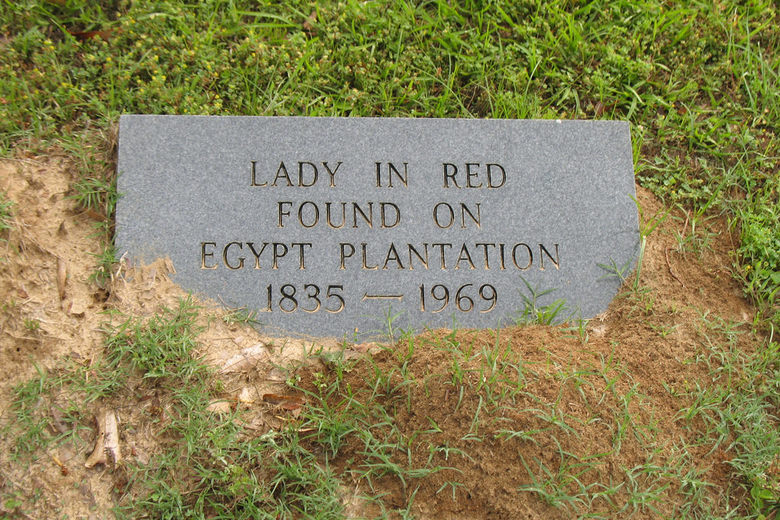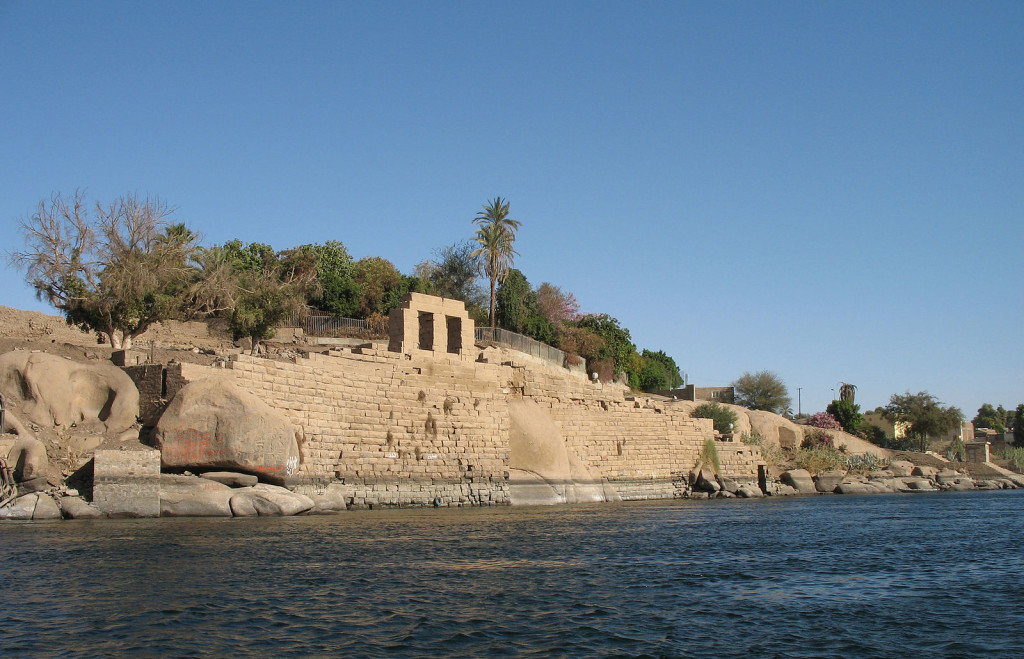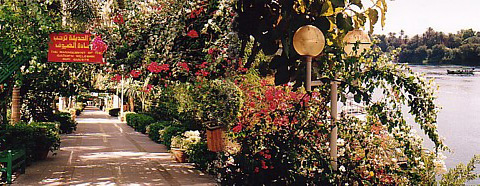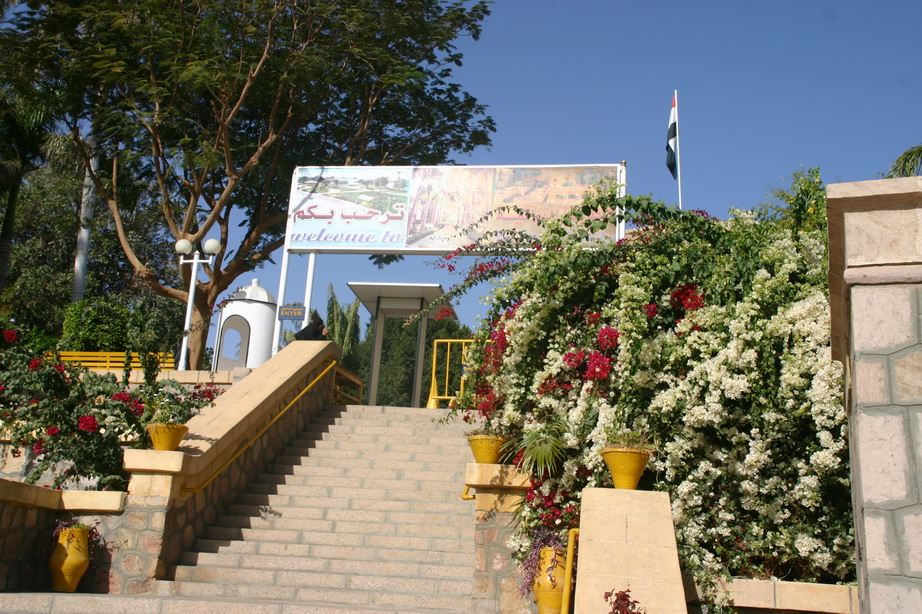Plantation Island
Plantation Island This island, originally known as Kitchener’s Island, was deeded to British Field Marshal and Egyptian Consul General Kitchener by the British government in gratitude for his services in Sudan, specifically for his suppression of the Mahdi revolt.
Egypt was still a British protectorate when he died in 1916, and the island reverted to the government.
On this fertile piece of land, northwest of Elephantine, Lord Kitchener indulged his passion for plants and turned the whole island into a botanical garden.

He imported exotic flora from other parts of Africa, from India, and even from the Far East.
By planting the local gurn trees, acaciaskdourn and dategpalms,
and tamarisks, he turhef1theislan`H’§1_to a virtual paradise.
The den ‘of the trees was linked with a heavy canopy of flowering creepers.
Here a variety of indigenous and migratory birds can still be seen today. , Plantation Island is well worth an excursion, especially in the early morning or late evening.

Visitors usually disembark at the northern tip of the island, walk its full length along landscaped gardens, and pick up the boat at the south.
The island is preserved as a botanical research statiqn, the gardens are well tended; and the trees and shrubs are clearly identified.
An oval-shaped island in the Nile at Aswan
was given to Lord Horatio Kitchener in the 1890s for his part in the Sudanese campaigns while he was the Egyptian Consul.
Kitchener,
who was a keen gardener turned his island home into a botanical garden, importing exotic plants and trees which flourished in the Aswan climate.
The botanical garden
was constructed in 1899 under the supervision of the Ministry of Irrigation and turned into an experimental station for plants from equatorial regions in 1928.
Alongside the native trees and plants of Aswan such as the Sycamore Fig and the Date Palm, many trees were brought from abroad and cultivated for use in the timber industry.
Experimental oil and fruit crops were also propagated on the island by the Ministry of Agriculture.

The visitor to Kitchener’s Island today will find a peaceful paradise, full of shady trees, beautiful flowers and unusual plants among the paved walkways.
The island is a haven for rare exotic birds of many kinds and their colourful plumage can be glimpsed in the branches of most of the trees.
It is the perfect place for an afternoon stroll or contemplation during an otherwise hectic holiday. There is a cafeteria on the southern end of the island.
The island is now owned by the Egyptian government and there is a biological research station at its southern end which is not open to visitors.
Now known as ‘Plantation Island’,
it is also variously called Plant Island or Geziret el-Nabatat.
The research station is able to supply rare tropical plants and timber trees to many parts of the world


